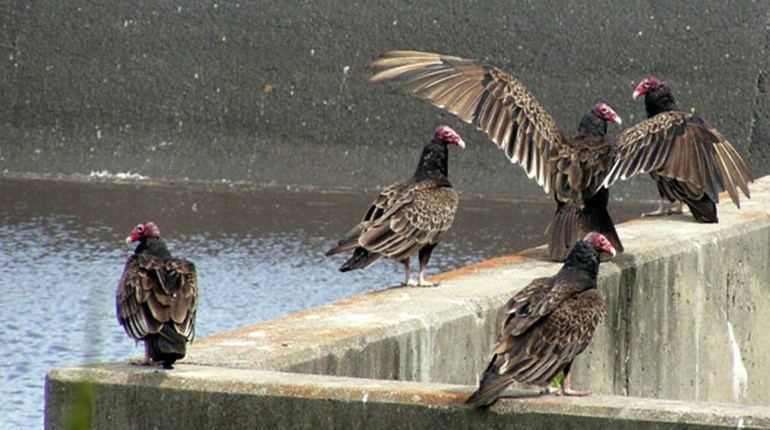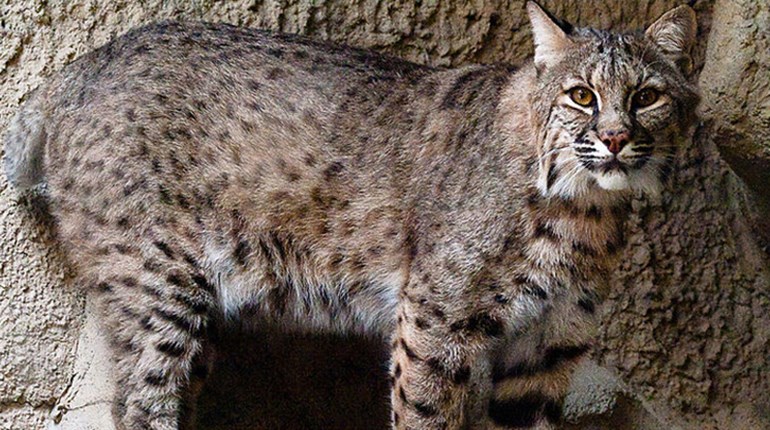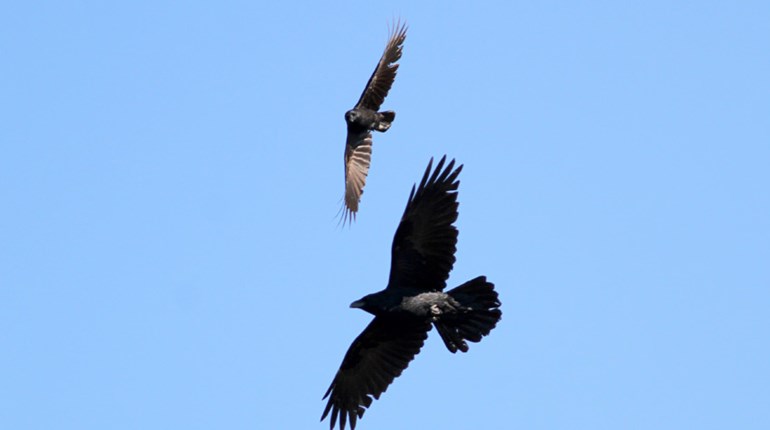** When you buy products through the links on our site, we may earn a commission that supports NRA's mission to protect, preserve and defend the Second Amendment. **

Is there anything more fun than a "Who Would Win" debate? When it comes to members of the family Corvidae, the obvious match-up is ravens versus crows. We've written before in this space about how crows are cooler than you know, which offers some clues. We've also written about what happens when one military strategist decided to make war on his neighborhood murder of crows. But now, thanks to a citizen-science-based report published in The Auk: Ornithological Advances, we have a much more definitive answer about who would win: the crow. Pretty much every time. So why is that?
First, crows are very social animals, and they are able to communicate with one another with a remarkably sophisticated vocabulary of calls. This allows them to "mob" predators—a category that definitely includes their close relative, the raven. Ravens are generally two to three times larger and heavier than the average crow, but it seems that this doesn't matter much.
"Our data show that when there are chases between crows and ravens, 97 percent of the time it is crows chasing ravens, not the other way around, a much higher rate than we expected," says study co-author Eliot Miller, a postdoctoral researcher at the Cornell Lab of Ornithology.
The study’s lead author, University of British Columbia, Vancouver, postdoctoral researcher Ben Freeman, pursued this research after witnessing crows mobbing ravens. "Just spending time outdoors, I'd frequently see crows harassing ravens…that was interesting to me because in nature it's usually the bigger birds that dominate the smaller birds," says Freeman. "I wondered if this was a real 'thing' and if so, did it matter?"
Miller says the crows' social behavior gives them an advantage: "In the descriptions, bird watchers noted that crows usually did not take on a raven one-to-one. Instead, multiple crows gang up, cawing loudly, to drive off a single raven, the typical mobbing pattern." Ravens tend to be much more solitary.
First, crows are very social animals, and they are able to communicate with one another with a remarkably sophisticated vocabulary of calls. This allows them to "mob" predators—a category that definitely includes their close relative, the raven. Ravens are generally two to three times larger and heavier than the average crow, but it seems that this doesn't matter much.
"Our data show that when there are chases between crows and ravens, 97 percent of the time it is crows chasing ravens, not the other way around, a much higher rate than we expected," says study co-author Eliot Miller, a postdoctoral researcher at the Cornell Lab of Ornithology.
The study’s lead author, University of British Columbia, Vancouver, postdoctoral researcher Ben Freeman, pursued this research after witnessing crows mobbing ravens. "Just spending time outdoors, I'd frequently see crows harassing ravens…that was interesting to me because in nature it's usually the bigger birds that dominate the smaller birds," says Freeman. "I wondered if this was a real 'thing' and if so, did it matter?"
Miller says the crows' social behavior gives them an advantage: "In the descriptions, bird watchers noted that crows usually did not take on a raven one-to-one. Instead, multiple crows gang up, cawing loudly, to drive off a single raven, the typical mobbing pattern." Ravens tend to be much more solitary.






































